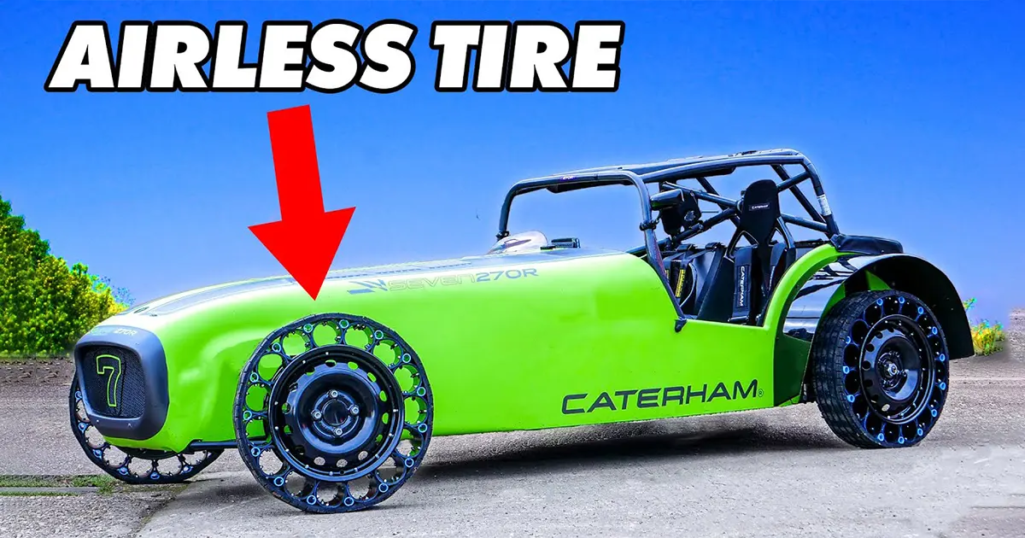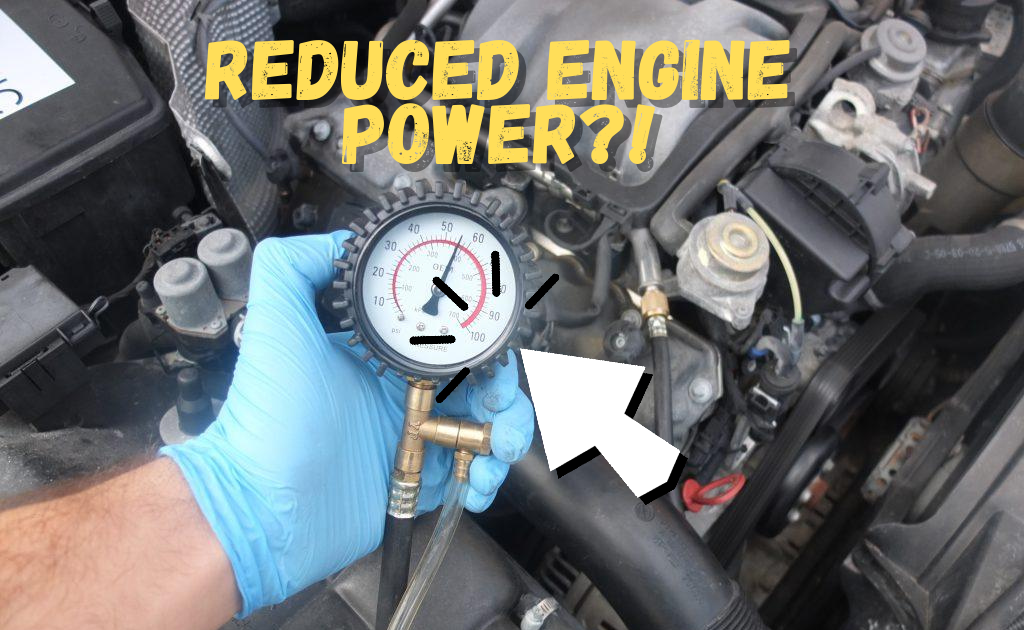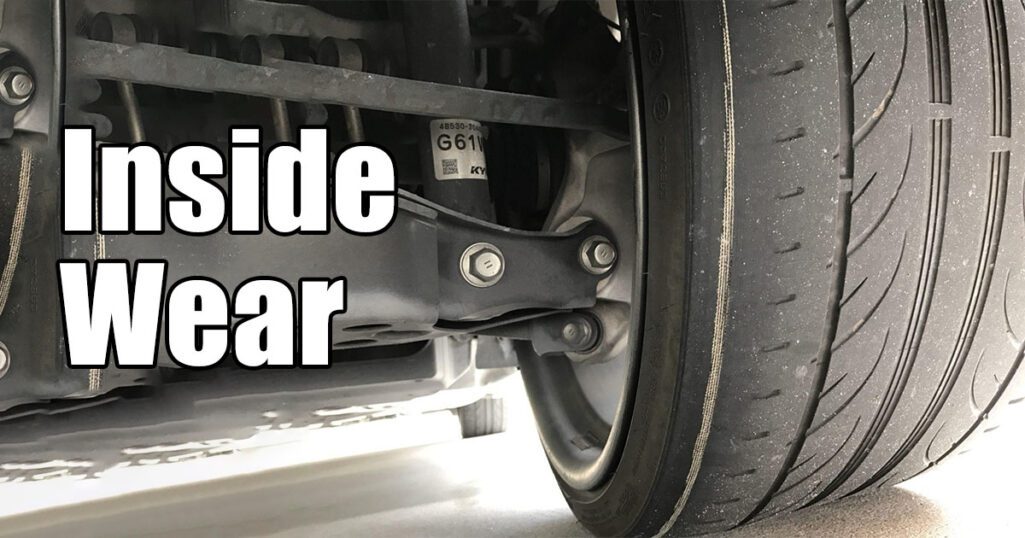
The appearance of a vehicle’s tires may reveal a lot about the state of its suspension. You may be familiar with tire outerwear, although Inner tire wear can indicate more significant problems, so it’s important to investigate and find out what’s causing it.
There are a variety of drivability difficulties that can be caused by excessive wear on the inside of the tires, including wheel shaking and shaky steering. Also, this can lead to potentially risky scenarios. If you don’t know why your tires wear out on the inside, you might face serious consequences.
In this article, you’ll discover what causes tire wear on the inside, how to identify it, and how to correct it.
What causes the inside of a tire to wear out?

Several factors might lead to tire wear on the inside. It might be due to underlying steering or suspension problems.
In order to avoid more severe damage, you should keep an eye out for a few potential reasons for uneven inner tire wear.
Inner tire wear can be caused by the following:
The Ball Joints are Worn Out:

Uneven tire wear is almost always the result of worn-out ball joints. They are also a possible cause of faster inner tire wear.
The socket and ball design of ball joints connects the control arms and steering knuckles of a vehicle. The ball joints of cars are designed to do this task without causing excessive movement.

However, ball joints wear down over time due to friction and everyday use. A tire wobble occurs if the worn ball joints aren’t changed sooner than later.
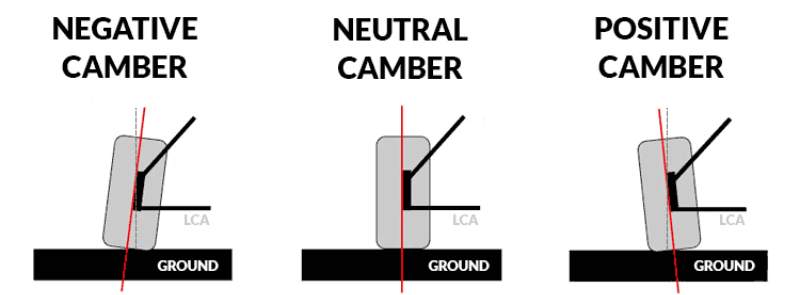
Having too much wiggle room in the steering knuckle might result in an unwanted outward movement of the matching tire. Camber angle can also be affected by a damaged lower ball joint, resulting in increased tire wear.
The Toe-Angle is Incorrect:
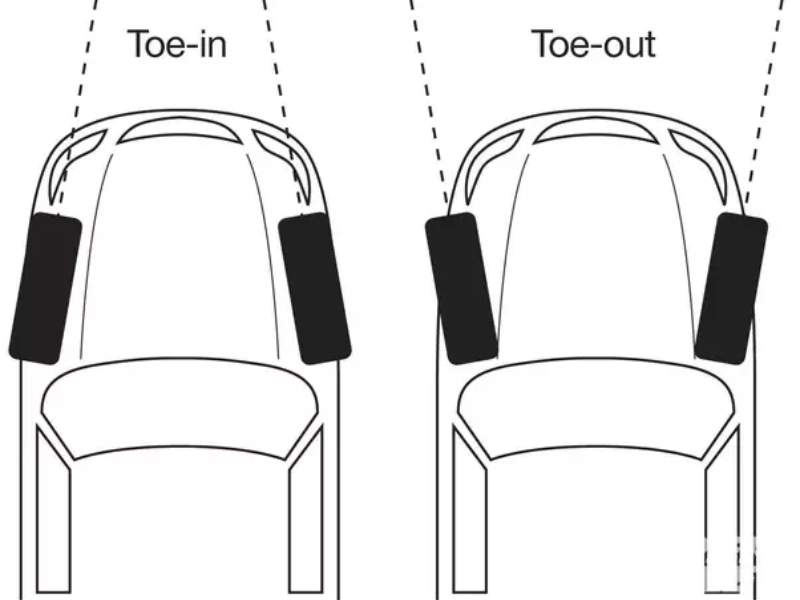
The toe-angle of a vehicle’s tire is the relationship between one tire and the other or the central axis of the tire. This angle may be observed by standing in front of the tire and looking at the tire edges.
What is the difference between toe-in and toe-out? And how do these problems cause tire wear?
The term “toe-in” refers to the fact that both tires face inward toward one other. On the other hand, a toe-out occurs when the tires are pointed outward from one another.
Excessive tire wear can be caused by a vehicle tire having a high toe-out condition. This is because each tire’s inner section is directly impacted by the surface you’re driving on.
Problems with Camber Angle:
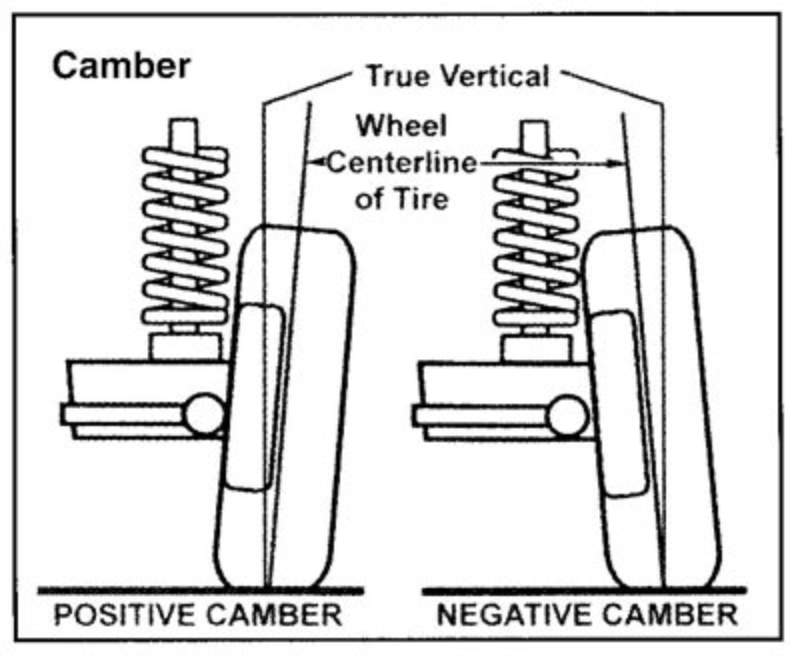
Camber issues are a typical cause of tire wear on the inside. When the inside tread of the tire wears out quicker than the outer or center edge, it affects how straight up or down the car tires are with a weight lying on them.
Manufacturers designed Cambers to ensure that the vehicle stayed perfectly in contact with the road. The tire angle might be positive or negative depending on whether the tires are correctly aligned or not.
With a negative camber angle, the tire’s upper and lower portions rotate inward and outward, resulting in faster tire wear.
Tie Rods Wearing:

Wear on the tie rods also contributes to uneven tire wear and wear on the inner tire. To avoid premature tire wear, you must regularly inspect and lubricate the tire rods.
It’s well known that a tie rod links the steering wheel to a vehicle’s wheel. Inner tire wear and a wobbly steering wheel are both possible consequences of this problem.
Problem with the Shock Absorbers or Struts:
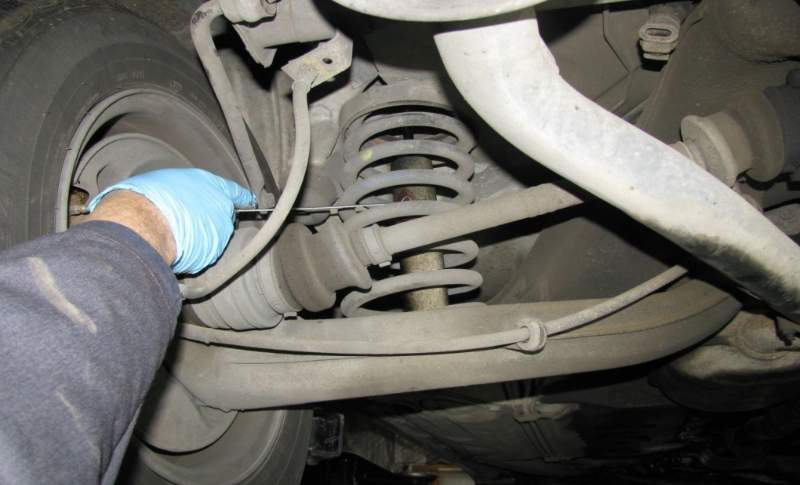
Is it possible that worn-out struts might lead to tire damage? Yes, it does. Inner tire wear can also be caused by worn shock absorbers or struts.
The car will bounce excessively if its shock absorbers are defective or leaky, which is especially true on rocky roads. Other suspension system components may be severely damaged if this is not addressed quickly.
This problem will also result in a shaky steering wheel, especially when driving over difficult terrain or through speed bumps or holes.
Faulty Shock Springs:
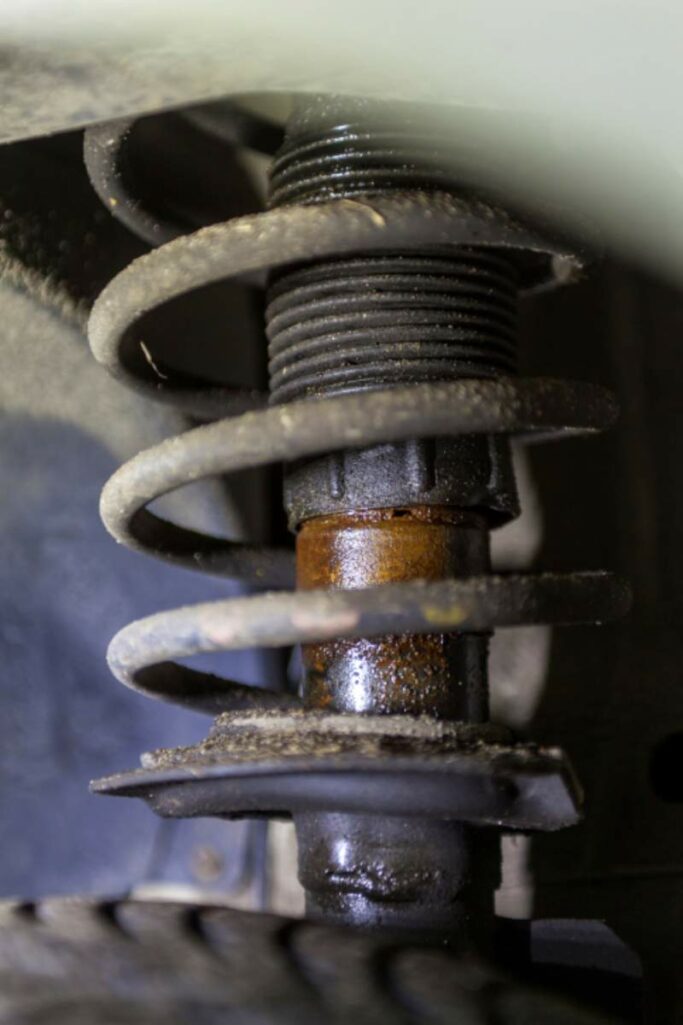
Shock springs in a vehicle ensure a smooth ride. When you drive over potholes and speed bumps, it works hand in hand with the shock absorber to avoid excessive tire movement.
A vehicle must have a shock spring installed to ensure a smooth ride. When it comes to shock springs, they wear out like any other suspension component.
This has an effect on the tire’s ability to grip the ground. It can also lead to uneven tire wear, either on the outside or the inside of the tire.
Damaged Control Arm Bushing:
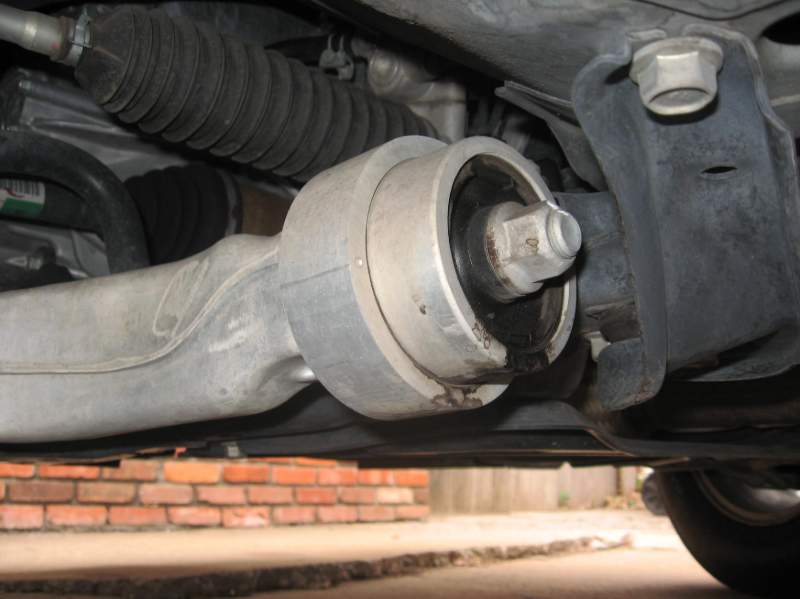
Control bushings connect the steering knuckles to the chassis through a linkage. Automobile manufacturers fitted both ends of a control arm with elastomer or rubber components.
These bushings are designed to stop or eliminate excessive play in the vehicle, which might have an undesirable effect on the camber angle. The bushings on the control arms gradually wear down over time since they are constantly in use.
Camber angle changes on that wheel will be affected by the increased movement caused by the wear. Outer and inner tires will wear out faster due to excessive movement and camber angle problems.
Misaligned Wheels:

Wheel hub bearing issues, uneven tire wear, and tire wear on the outside and inside are all caused by a misaligned wheel. So, what exactly causes poor wheel alignment?
Pothole collisions can cause your vehicle’s wheels to be out of alignment. If you’re traveling along a straight street, your car might start pulling into one side.
How Do You Repair the Wear on the Inside of Your Tires?
Inner tire wear may be caused by a number of different things, so finding the root cause and either repairing or replacing it is necessary. As a result, fixing inner tire wear necessitates executing any of the actions listed below:
- Damaged suspension components should be replaced or repaired.
- Aligning the wheels.
- Balancing the wheels.
- Properly inflate your tires.
Damaged suspension components should be replaced or repaired:
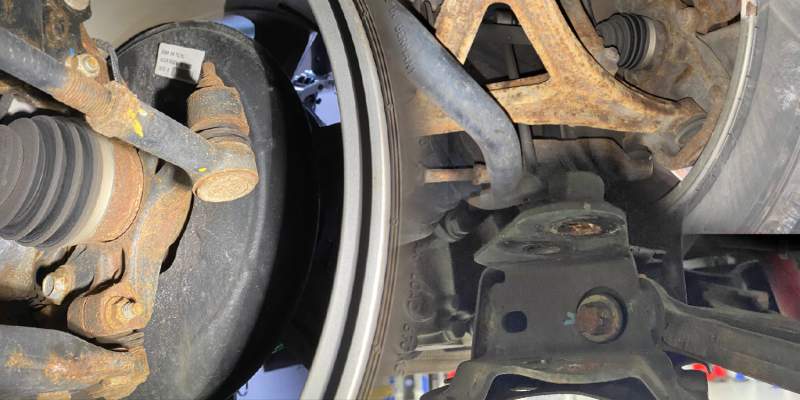
Check the suspension system if you see uneven tire wear on one side of a vehicle wheel. Damage to a suspension component might lead to faster wear on the inner tire.
This problem could also decrease the vehicle’s top speed. The engine will try to compensate by consuming more gas, which will result in higher fuel consumption.
You should be aware that neglecting suspension issues for an extended period of time may lead to a costly repair and leave you stuck in the middle of nowhere. It’s simple to correct or replace a defective suspension component if it’s the source of tire wear.
Aligning the wheels:
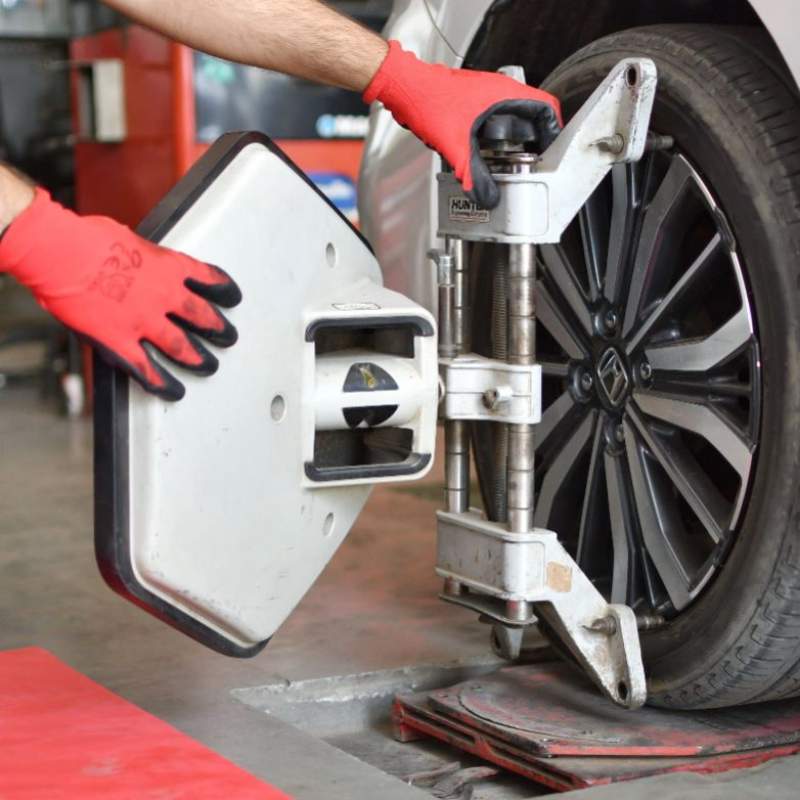
A tire’s lifespan can be extended or even doubled with proper wheel alignment. To avoid early ball joint wear, tie rod wear, camber angle issues, etc., which can also harm your springs, it is vital to frequently inspect and align your wheels.
Professional experts recommend wheel alignments every 5,000 miles or two times a year to keep suspension components working properly. A misaligned wheel can lead to tire wear on the inside. In some instances, a simple wheel alignment is all that you need to fix the problem.
Balancing the wheels:
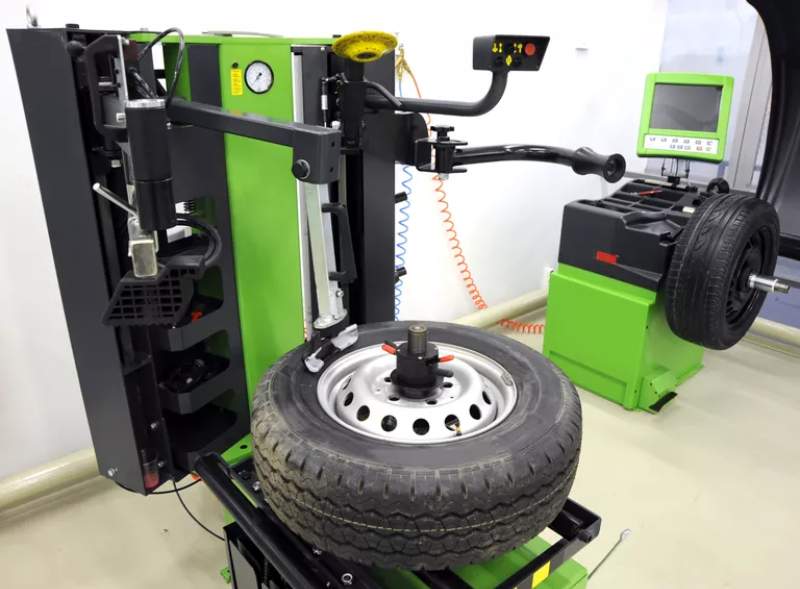
When their tires begin to show signs of uneven wear, most drivers start seeking out a wheel balancing service. This is an ineffective strategy. At the very least, you should get your wheels balanced every two years.
When you have a new one underneath your car, several auto manufacturers and mechanics advise you to have your wheels rebalanced. If you do this regularly, you can slow or even stop the wear on your inner tires completely.
Properly inflate your tires:

Uneven and inner tire wear might be the result of improperly inflated tires. Do you know why? You can’t get a good grip on the road if your tires are underinflated.
Why do you need to keep an eye on your tire pressure? A portable tire inflator is an excellent investment if you own many vehicles or don’t want to make a regular trip to the mechanic’s shop every time a flat tire occurs. Check your tire pressure regularly, even if you don’t have many vehicles and don’t see the need for a tire inflator.
Conclusion
Finding out what causes interior tire wear is critical, so you aren’t shocked when you have it. That’s what this article is all about. The information presented here is complete, and the repair techniques necessary to eliminate the problems are clearly described.
Do not hesitate to call your mechanic if you see any wear on the inner of your front or back tires.


